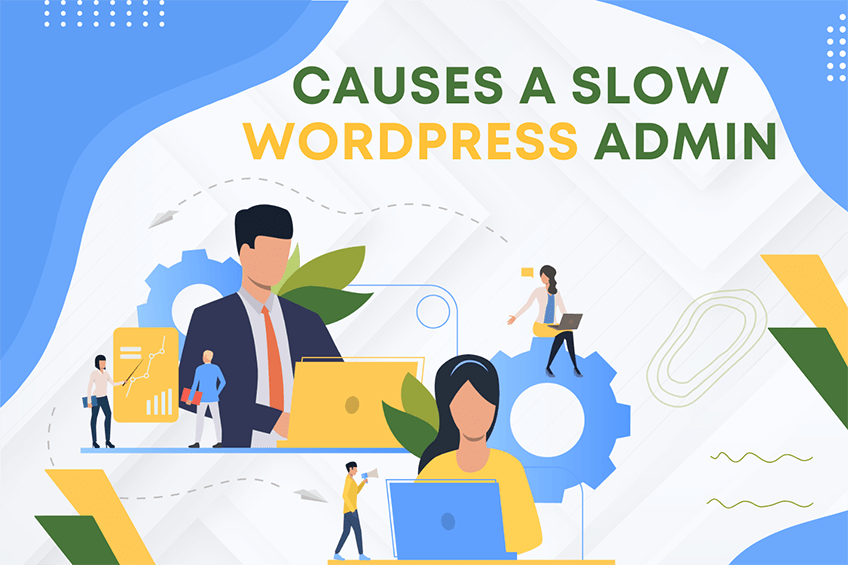This website uses cookies so that we can provide you with the best user experience possible. Cookie information is stored in your browser and performs functions such as recognising you when you return to our website and helping our team to understand which sections of the website you find most interesting and useful.
auto_plugin_theme_update_email filter
Filters the email sent following an automatic background update for plugins and themes.
To use the auto_plugin_theme_update_email filter, first you have to register it using add_filter. You can write this code into functions.php of your activated theme or in a custom WordPress Plugin.
We at WePlugins, always prefer to create a custom WordPress Plugin while using hooks so nothing breaks when you update your WordPress Theme in the future.
In the below live example, we have defined a function weplugins_modify_auto_plugin_theme_update_email_defaults which takes 4 parameters and we registered using add_filter. The first parameter auto_plugin_theme_update_email is the name of the hook, the second parameter weplugins_modify_auto_plugin_theme_update_email_defaults is the name of the function which needs to be called, the third parameter is the priority of calling the hook if the same hook is used multiple times, and the last parameter is the number of arguments (if any) to be passed in the registered function.
Sometimes, you have to remove a registered hook, so you can use remove_filter to remove the auto_plugin_theme_update_email filter.
Parameters
- $email : (array) Array of email arguments that will be passed to
wp_mail().'to'(string) The email recipient. An array of emails can be returned, as handled bywp_mail().'subject'(string) The email’s subject.'body'(string) The email message body.'headers'(string) Any email headers, defaults to no headers.
- $type : (string) The type of email being sent. Can be one of ‘success’, ‘fail’, ‘mixed’.
- $successful_updates : (array) A list of updates that succeeded.
- $failed_updates : (array) A list of updates that failed.
Below are the 4 parameters required to use this hook.
Live Example 1
Below is an example of how you can use this hook.
function weplugins_modify_auto_plugin_theme_update_email_defaults($email, $type, $successful_updates, $failed_updates) {
// Update the $email variable according to your website requirements and return this variable. You can modify the $email variable conditionally too if you want.
return $email;
}
// add the filter
add_filter( "auto_plugin_theme_update_email", "weplugins_modify_auto_plugin_theme_update_email_defaults", 10, 4 );
Live Example 2
To remove a hook callback, use the example below.
remove_filter( "auto_plugin_theme_update_email", "weplugins_modify_auto_plugin_theme_update_email_defaults", 10, 4 );
Please make sure to provide the same callback function name, priority, and number of arguments while removing the hook callback.
Live Example 3
Another example would be modifying the email subject line conditionally.
function weplugins_modify_auto_plugin_theme_update_email_subject($email, $type, $successful_updates, $failed_updates) {
if ($type == 'success') {
$email['subject'] = 'Plugin/Theme Update Success!';
}
return $email;
}
// add the filter
add_filter( "auto_plugin_theme_update_email", "weplugins_modify_auto_plugin_theme_update_email_subject", 10, 4 );
Contact Us
If you’re having any trouble using this hook, please contact our team and we’d be happy to assist you.
Explore the latest in WordPress
Trying to stay on top of it all? Get the best tools, resources and inspiration sent to your inbox every Wednesday.




